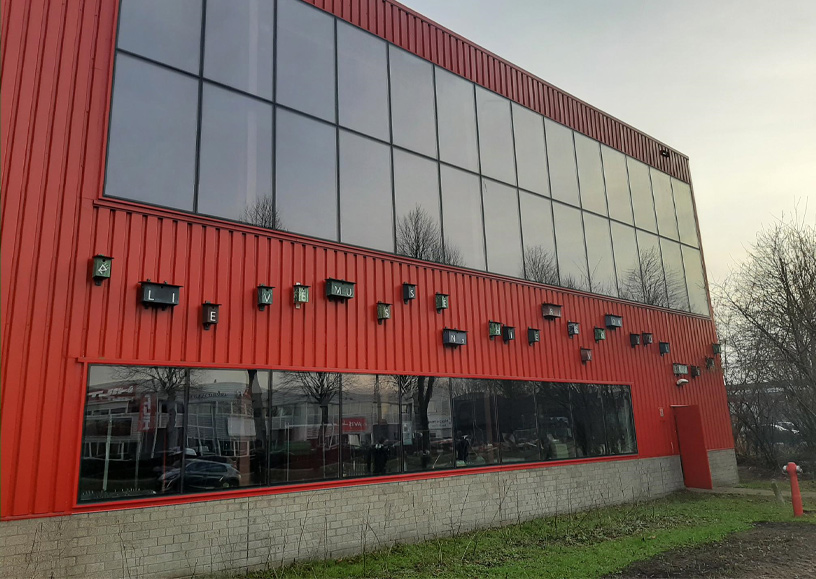
Bird boxes and blooming cycles
Contributing to biodiversity is part of taking care of the planet. That is why Dutch National Opera & Ballet (DNO&B) planted two gardens next to its Production Workshop. Bird boxes were installed as well. Rolf Hauser, Head of the Production Workshop: ‘The garden brings a little charm to the environment.’
‘Sustainability should be a source of joy,’ Rolf Hauser, Head of the Production Workshop, said earlier. As far as he is concerned, that joy should extend to every aspect of the building, whether it involves the interior or the exterior. Hauser: ‘When our building was being BREEAM-certified, we found out that we were doing rather poorly ecology-wise. We weren’t promoting biodiversity in the area around the building at all.’
‘Fifty nesting boxes may seem a bit over the top, but sparrows tend to breed in colonies’
Hauser contacted the Amsterdam City Ecologist, who mentioned that Amsterdam is trying to bring back sparrows to the area. And what does a sparrow need besides food and a nesting place? Shelter from predators, such as cats and birds of prey. That is why the City planted a hedge with thorny and berry-bearing shrubs near the Production Workshop. The hedge allows sparrows to find food and take shelter.
Nesting boxes
The Production Workshop team installed 50 home-made nesting boxes for the sparrows. Fifty boxes may seem a bit over the top, but sparrows tend to breed in colonies; they like each other’s company. Hauser: ‘We really hope that the sparrows will find their way to us. For them to do so, we have to offer them access to food year-round of course.’

The strip of land alongside the red building that is home to the Production Workshop was converted into a green area with plants. The green area is 70 metres long and five metres wide. The vegetation is a mix of useful and nice-looking plants, which were selected in dialogue with the City Ecologist. Hauser: ‘We put in plants that are pretty to look at as well as native plants that are there to attract insects. The plants were selected to create a year-round blooming cycle, so that insects can always find something to eat. And the City planted bulbs nearby; the area is covered in daffodils and crocuses in early spring. They attract the first bumblebees of the season.’
The insects serve as a food source for other animals, such as birds and bats. The City also allowed DNO&B to use a small undeveloped plot. Hauser: ‘We turned this plot into a herb garden.’
A group of enthusiastic Production Workshop employees tend to the garden. Hauser: ‘It’s great fun to garden together. And we learn something along the way. More importantly, we’re bringing a little charm to this environment.’
Text: Anne Havelaar



